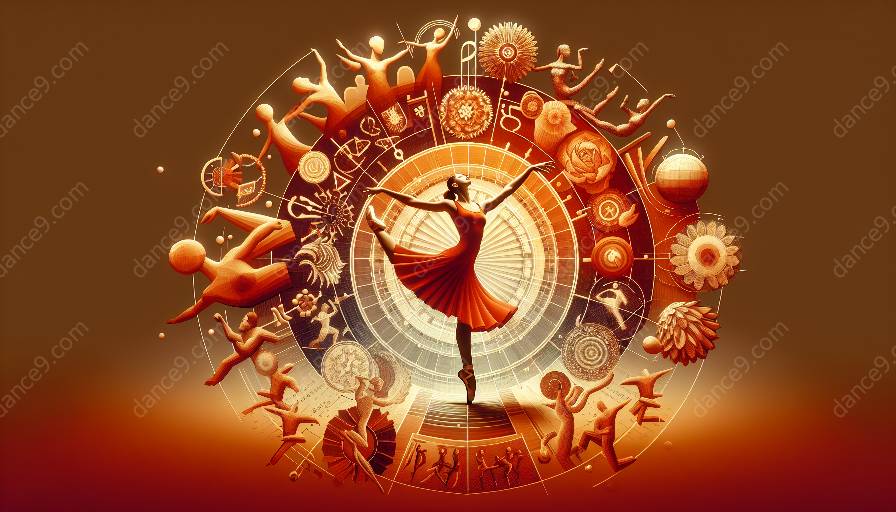Dance is not merely a form of physical movement, it is also a manifestation of power dynamics deeply embedded in cultural, social, and historical contexts. This exploration of power dynamics in dance performance intertwines with dance anthropology and dance studies, offering a comprehensive understanding of the complexities and nuances involved.
The Cultural Significance of Power in Dance Performance
Each dance form carries its own cultural significance, rooted in traditional practices and beliefs. The power dynamics within a dance performance are often influenced by these cultural underpinnings, shaping the roles of performers, choreographers, and audience members. For example, in traditional African dances, power is often expressed through the community's collective movements and rhythms, fostering a sense of unity and belonging.
The Role of Gender and Identity
Gender and identity play a pivotal role in shaping power dynamics within dance performances. Historically, certain dance forms have been dominated by specific genders, leading to unequal power distribution. However, contemporary dance anthropology and studies have been instrumental in challenging these norms and reshaping the power dynamics to be more inclusive and equitable.
Social Hierarchies and Power Relations
Within dance communities, social hierarchies can impact power dynamics significantly. Whether it's hierarchical structures within dance companies or social stratifications in specific dance styles, understanding these power relations is crucial when analyzing dance performances from an anthropological and sociological perspective.
The Evolution of Power Dynamics in Dance
Power dynamics in dance performances have evolved over time, influenced by historical shifts, societal changes, and artistic movements. This evolution is a central focus in dance studies, as it sheds light on how power is negotiated, redefined, and contested within different dance forms and contexts.
Power and Agency in Choreography
Choreographers wield significant power in shaping the narratives and movements within a dance performance. Their artistic vision and creative decisions impact how power is expressed and distributed among dancers, shaping the overall dynamics of the performance.
Empowerment and Resistance Through Dance
Many dance forms have been used as a means of empowerment and resistance against oppressive power structures. From the expressive movements of protest dances to the reclaiming of ancestral traditions, dance anthropology and studies highlight the ways in which dance serves as a medium for challenging and subverting existing power dynamics.
Embodying and Disrupting Power in Performance
As dancers embody the movements and emotions of a performance, they navigate and enact power dynamics on stage. This embodied expression of power is analyzed within dance studies, shedding light on how performers negotiate their agency and the influence of power dynamics on their physical and emotional presence.
Collaborative Power Dynamics
Collaborative dance performances exemplify the interconnected power dynamics among dancers, where individuals navigate authority, leadership, and influence within the collective artistic process. Understanding these collaborative power dynamics enriches the interdisciplinary dialogue between dance anthropology and studies.
The Spectator's Gaze and Power
Power dynamics extend to the audience, where their gaze and reception of a dance performance hold significant influence. This aspect is widely studied in dance anthropology, as it delves into how spectators project power through their attention, interpretations, and reactions to the performance.
Conclusion
Power dynamics in dance performance encompass a rich tapestry of cultural, social, and historical elements, offering a multifaceted lens through which to explore the complexities of human interactions and expression. This exploration is intricately intertwined with dance anthropology and studies, enriching our understanding of power dynamics within the captivating realm of dance.

















